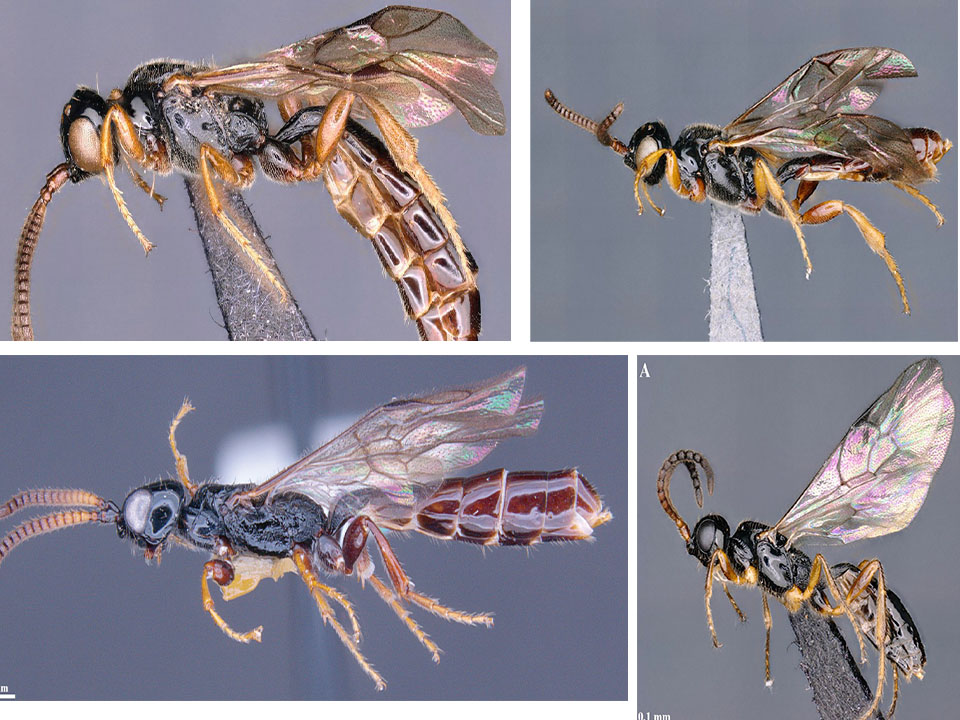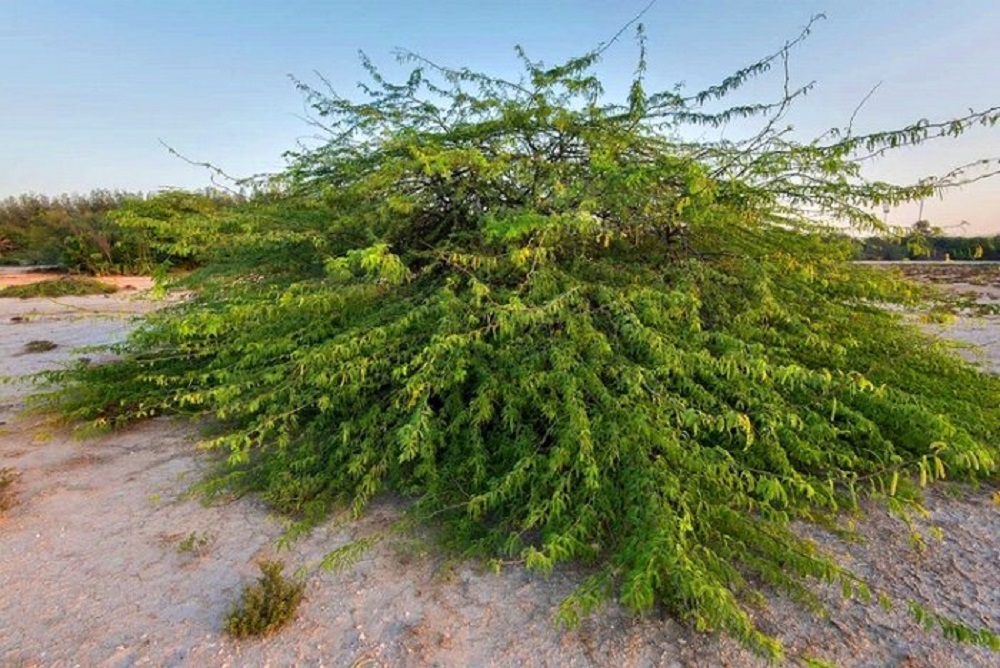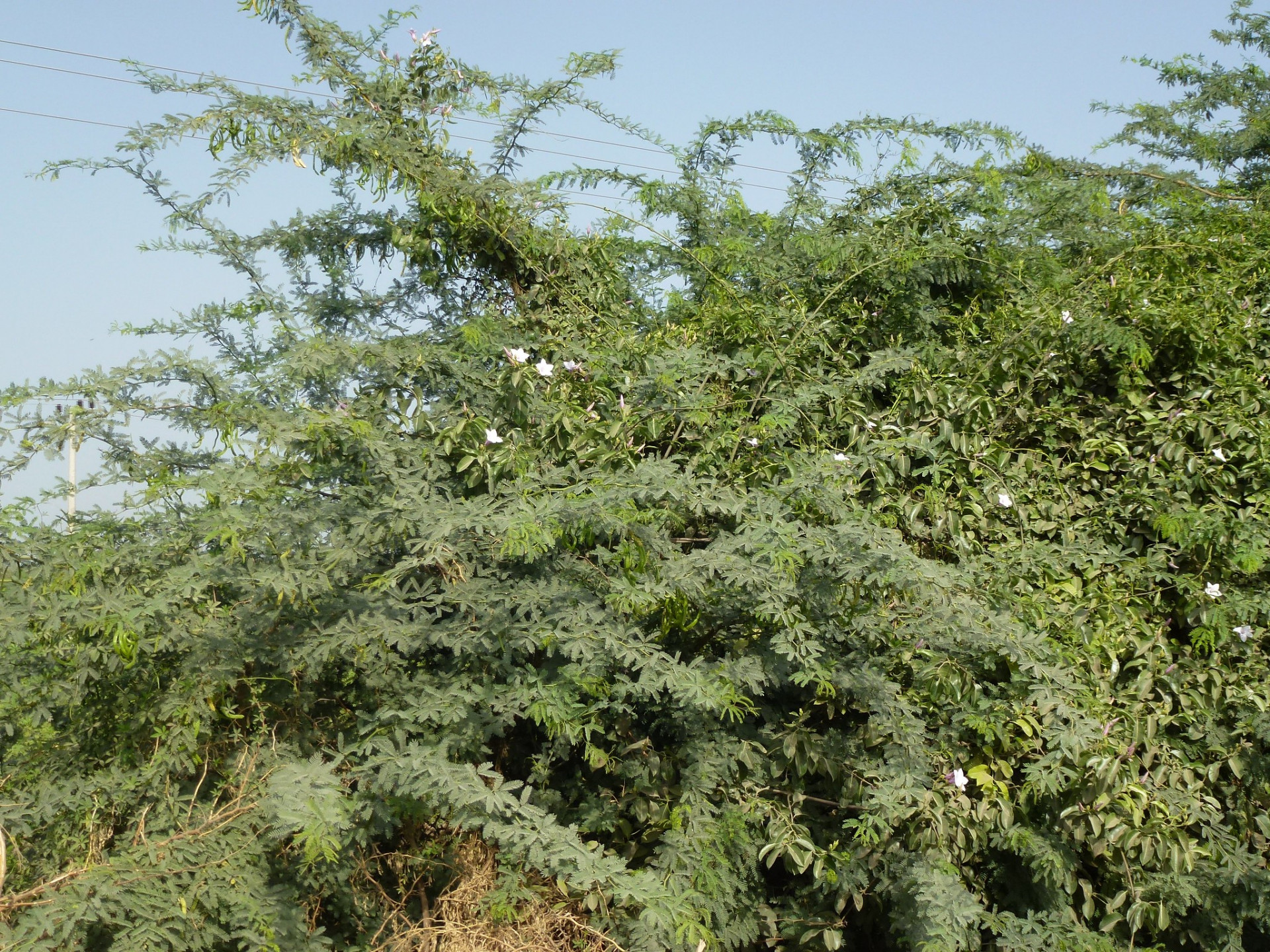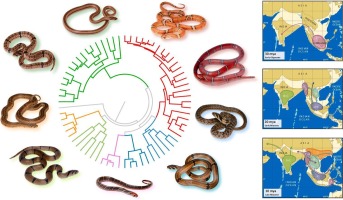Luxury Consumption in India : Exploring the Environmental, Social, and Cultural Dimensions of Affluence
Sharachchandra Lele Economic and Political Weekly | January 13, 2025 Luxury consumption, so far seen as a problem of the global North, is now growing dramatically in India. We explore its complex dynamics, including definitions, drivers, impacts and responses. Luxury consumption has both material and symbolic value and is driven by various aspirations, amplified by […]
Democratising Forest Governance: Challenges Old and New
Sharachchandra Lele Economic and Political Weekly | January 13, 2025 Sixteen years after the Forest Rights Act, 2006, only three states have recognised a significant number of community forest resource rights, and only one of them (Maharashtra) has enabled their operationalisation. While the outcomes in Maharashtra have been impressive, violations abound elsewhere. Even where recognised, […]
What Standards Do and Whom They Serve: Fixing, Practising and Delivering Per Capita Water Supply Standards in Cities in India
Sachin Tiwale Environment and Planning E: Nature and Space | January 6, 2025 This paper examines how the per capita standards of water supply are fixed, practised and delivered in cities in India. The per capita standard of water supply is a key figure in deciding the quantum of water cities can extract from adjacent […]
Discovery of the Subfamily Microleptinae (Hymenoptera, Ichneumonidae) From India and Thailand With the Description of Five New Species

Ranjith AP, Priyadarsanan Dharma Rajan Journal of Hymenoptera Research | December 13, 2024 The ichneumonid subfamily Microleptinae is reported from India and Thailand for the first time. We describe four new species from India (Microleptes chiani Ranjith & Humala, sp. nov., M. gowrishankari Ranjith & Humala, sp. nov., M. sandeshkaduri Ranjith & Humala, sp. nov., […]
Community Forest Management
Sharachchandra Lele, Shruti Mokashi, Anuja Anil Date, Atul Joshi Oxford Bibliographies in Environmental Science | November 22, 2024 Historically, some form of local management of forests existed in many parts of the world in the precolonial era. Enclosures, invasions, colonization, or policies of postcolonial states led to the takeover of most of these forests and […]
Modelling the Banni Social-ecological System Using Participatory System Dynamics for Building Insights on Invasive Species Management and Stakeholder Engagement

Kabir Sharma, Mihir Mathur, Ankila J. Hiremath , Abi T. Vanak, Ramya Ravi , Madhura Niphadkar, Ovee Thorat , Ninad Jagdish Journal of Environmental Management | November 19, 2024 Invasive species are a significant driver of environmental change in social-ecological systems (SES) globally. Given that SES are inherently complex adaptive systems (CAS), they continuously reorganize […]
‘Taming’ a Wicked Problem: Selective Problematisation of Issues of Urban Water Supply in Mumbai
Sachin Tiwale and Subodh Wagle Journal of Asian and African Studies | November 10, 2024 The lack of universal urban water access in the cities in the global south is a wicked problem. Using the case of Mumbai, this paper illustrates how consistently this wicked problem was chiselled and selectively problematised to turn it into […]
Strategies Beyond Borders: Timebanks in Classroom Settings

Pallavi Varma Patil Norrag Special Issue | October 29, 2024 In this paper, we discuss a pedagogy grounded in a theoretical framework that recognizes our historical moment—the end stage of coloniality that has shaped global and local social relations for the past 600 years. We share an initiative based on principles and practices that challenge […]
Invasive networks: An environmental history of the introduction of Prosopis juliflora to Banni grassland, India

Ramya Ravi, Siddhartha Krishnan Geoforum | October 28, 2024 Our paper explores invasive networks from 1819 to present-day Banni grassland, Kutch, Gujarat, focusing on Prosopis juliflora’s invasion. Colonial transport of valuable plants boosted imperial power but alterned native ecosystems, leaving invasive species as a legacy. Only a few transferred plants became invasive, with patterns shaped […]
A multi-gene phylogeny of the Asian kukri snakes (Oligodon Fitzinger, 1826): Sharpening the blade of the second largest serpent radiation (Reptilia: Squamata: Colubridae)

Justin L. Lee , Platon V. Yushchenko , Chatmongkon Suwannapoom , Parinya Pawangkhanant , L. Lee Grismer , Tan Van Nguyen j k , V. Deepak , Surya Narayanan , Sandeep Das , Thy Neang , H.T. Lalremsanga, Jian-Huan Yang , Daniel Jablonski , Mustafa Erkaya , Gernot Vogel , Aaron M. Bauer , Nikolay […]


